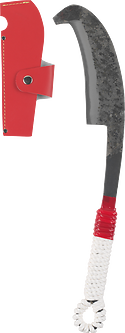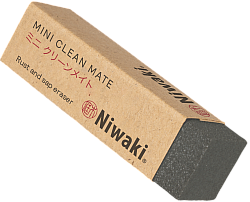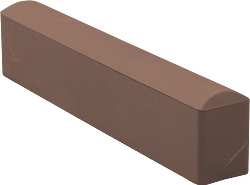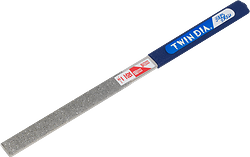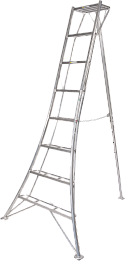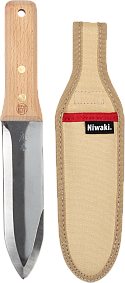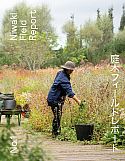Rope Lashed Nata
Ishitsuki Nata
This nata with its rope-lashed handle is one of those hatchets that reaches right back into some primeval past. In Japan it’s for general satoyama work (the managed forests around rural villages)
More Information
Ishitsuki style nata hatchet with rope-lashed handle. Our driver Manos’s eyes lit up when he held this the first time, stirred no doubt by memories of his Cretan childhood - this is one of those hatchets that reaches right back into some primeval past. In Japan it’s for general satoyama work (the managed forests around rural villages).
Delivering to US (Paying in USD)
Please note: By law, we are not permitted to sell a knife or blade to any person under the age of 18. By placing an order for one of these items you are declaring that you are 18 years of age or over. These items must be used responsibly and appropriately.
Rope Lashed Nata
- 1lb 2oz
- 1' 5.5 x 0.9 x 2"
- 5.4" blades
- Rope handles
- Made in Japan
- In Stock - Available to dispatch worldwide, contact us for showroom stock availability
Global Delivery
- Free delivery for orders over £/$/€100*
- Price depends on location - adjust the COUNTRY tab in your basket to see the price.
- We use DHL, FedEx, or UPS, and we’ll email you the tracking info.
*Customs fees may apply and are estimated during checkout. Surcharges may apply to some larger or heavier items to some areas.
* Please note Niwaki are not responsible for any import duty, taxes or fees incurred and these will be will be collected by our courier during customs clearance — For EU countries, when possible DHL will provide an estimate on the order confirmation page.
Caring For Your Tools
Most of our sharp tools are made from carbon steel - this means they may, through regular use, stain (and eventually rust) and gradually lose their edge. Caring for them involves three things…
1. Correct Use:
- Japanese steel is hard and sharp, and can be more brittle than some people are used to - it will chip if abused
- Do not cut wire, metal, stone, plastic or any other hard material (even bamboo fibres and some very hard woods, especially knots and burrs, can damage steel edges)
- Do not twist or apply uneven pressure
- Cut diagonally across branches (not straight across) so you cut along the fibres
- Pay attention to our maximum cut dimensions, and don’t overdo it (shears are not loppers)
- Use the base of the blades, not the tips, for heavier cuts
2. Keeping Them Clean:
- Remove leaf resin, rust and gunk with a Clean Mate and water
- Dry, wipe over with Camellia oil and store in a dry place
3. Keeping Them Sharp:
New tools won’t need sharpening for some time, but after a while you’ll notice them gradually lose their edge, especially if you’re box clipping (you need REALLY sharp blades to get a good finish with box). Use the Niwaki Sharpening Stones for best results (#1000 grit is best for general sharpening).
- Sharpen Secateurs every couple of weeks
- Sharpen Shears and Topiary Clippers EVERY TIME you use them - the difference is amazing
Of all the hatchets, I’d choose this one
Essentials
Niwaki Hori Hori
$34.50 exVAT
Niwaki GR Pro Secateurs
From $85.50 exVAT
Niwaki GR 210 Folding Saw
$42.50 exVAT
Niwaki Tripod Ladder
From $289.00 exVAT
Niwaki Hori Hori Pro
$42.50 exVAT
Mini Clean Mate
$10.00 exVAT
Niwaki Field Report
$15.00 exVAT
Golden Spade
From $39.00 exVAT
Niwaki Garden Snips
$15.00 exVAT
Niwaki Mainichi Secateurs • Small Right Handed
$45.50 exVAT
Niwaki Mainichi Secateurs • Right Handed
$45.50 exVAT

